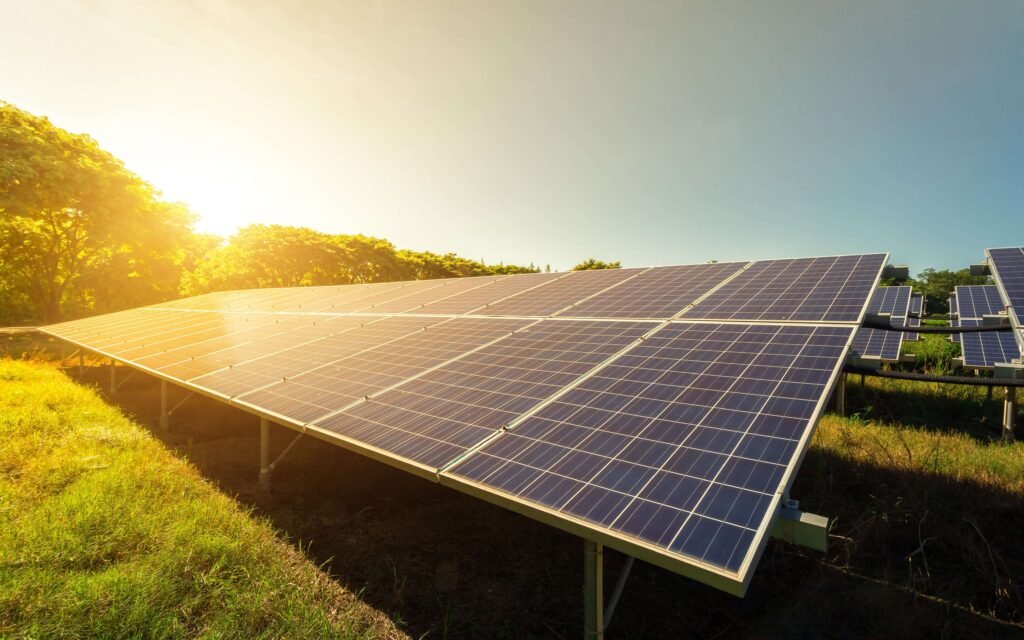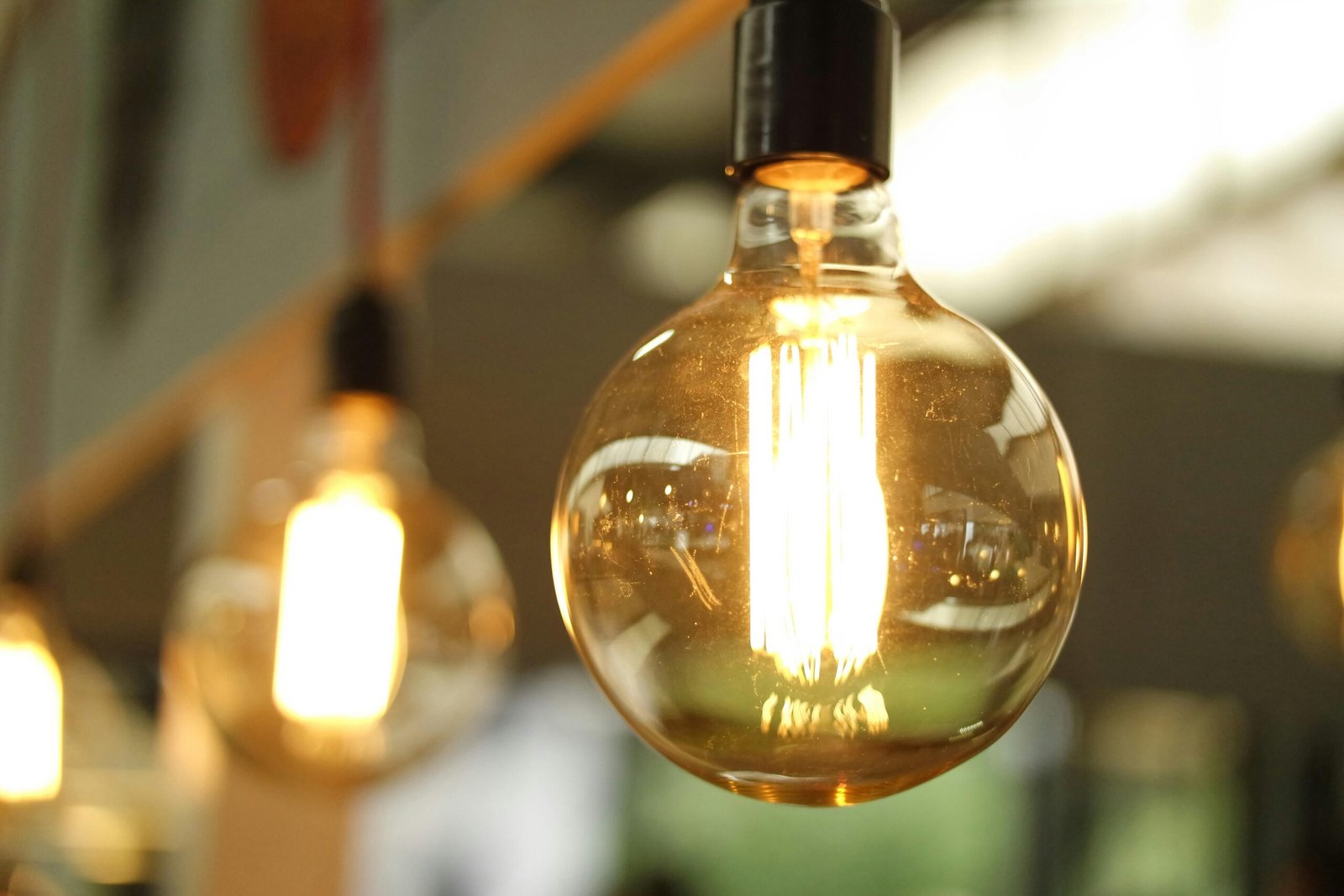Are you tired of paying unpredictable utility bills or feeling stuck with a single energy provider? If you live in a deregulated energy market, you have more control than you think. Energy deregulation gives consumers the power to choose their electricity and gas suppliers — and that means better rates, better service, and a greener future. In this article, we break down what energy deregulation is, how it works, and how you can benefit.
What Is Energy Deregulation?
Energy deregulation is a policy that separates energy generation from distribution, allowing consumers to choose their own energy suppliers. While utilities still manage the infrastructure (wires, poles, pipelines), the supply itself can be purchased from a competitive marketplace.
Key Terms:
- Regulated market: The utility controls both supply and delivery.
- Deregulated market: You can choose your energy supplier while the utility delivers the energy.
How Does It Work?
- You receive energy through local utilities (unchanged).
- You choose an energy supplier based on price, contract terms, renewable options, etc.
- You still get one bill, but the supply portion reflects your chosen provider.
States with Deregulated Energy Markets
Some key states with full or partial deregulation include:
- Texas
- Ohio
- Pennsylvania
- Illinois
- New York
- Maryland
Benefits of Deregulation for Consumers
- Lower Prices: Competition drives down energy costs.
- Green Choices: Many suppliers offer 100% renewable plans.
- Better Service: Suppliers compete on support, perks, and customization.
FAQs
Will my service be interrupted if I switch?
No. The utility continues to deliver power, so no service interruption source.
Are there cancellation fees?
It depends on your contract. Always check the fine print.
How do I know if my state is deregulated?
Use Switchalyzer to check your ZIP Code and explore your options





Leave a Reply